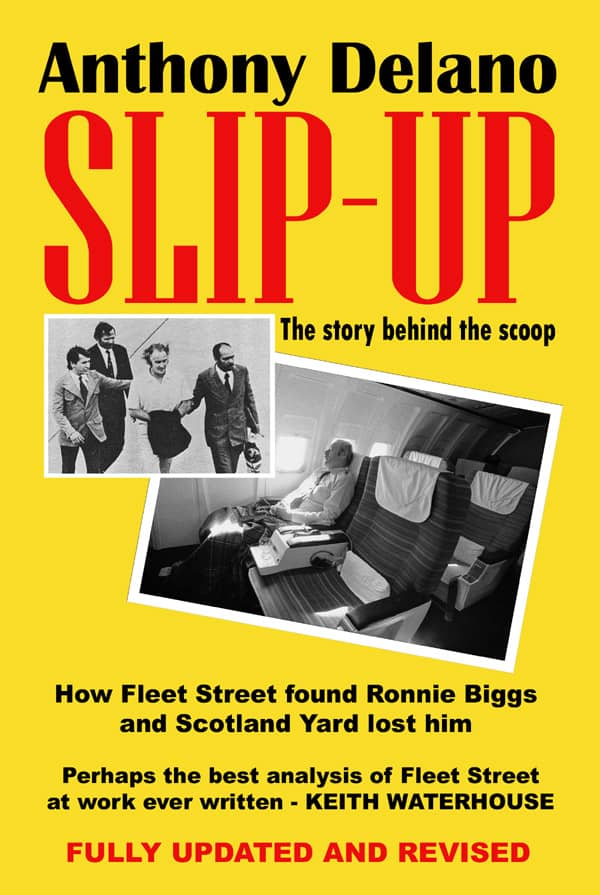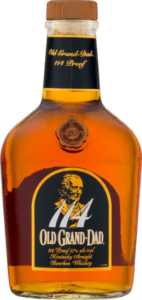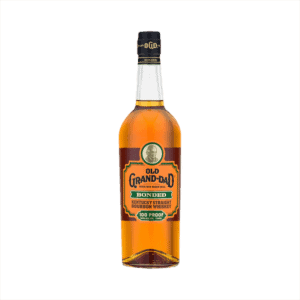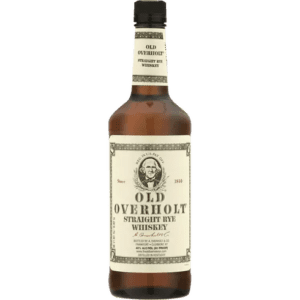Table of Contents
This Week
We were looking at the factors that tempted old hacks into this (once) Great Game of ours. Harry Procter, who was a great name in the great game a generation or so ago, had been lured as a teenager by a book called The Street of Adventure and endured up to the point that he felt compelled to write his own version, The Street of Disillusion.
At a different end of the genre, and in a much later age, former editor Sarah Sands was tempted by reading Tony Delano’s classic, Slip-Up: How Fleet Street Found Ronnie Biggs and Scotland Yard Lost Him.
Current generations, whether they’re in it, retired from it, or thinking about joining it, can now get hold of modern paperback versions of both books.
And the good news for the with-it generation is that now – from today – the Delano classic is available as an e-book… downloadable to computer screen or electronic reading gizmo.
For those who have been on a desert island (or maybe confined in a media studies classroom) what the critics said about the Delano book can be found in the column on the right. It’s not hyperbole: it is a truly wonderful tale about how newspapers, and newspaper people, operated in the great days of journalism – which were not, in fact, that long ago.
And if it worked sufficiently well to kick-start the career of an editor of the Sunday Telegraph, is there any embryo hack out there who can afford to miss it?
Anyway, Revel Barker regurgitates some notes about the book, and there’s further reading – including a piece by Keith Waterhouse – on our books page, here.
Although we sometimes (too frequently, for some readers) crack on a bit about the glory days of high circulations, there can’t be many of us left who saw sales figures rise on a newspaper that we were working on.
Rick Wilson did. In his first week on a local weekly, his first story made Page One… and, he says, doubled the circulation. Hesitant though we tend to be about superlatives, we suspect that might be a record. There may be people out there who can match it, but it looks difficult to beat.
So his contribution is deservedly the kick-off point for our selection from stories about how Ranters got their start in journalism. Whether it wins first prize – a copy of The Ideal Occupation by Walter Schwarz – is a different matter (the editor, whose decision in all matters is final, has been known to be perverse). Starting reminiscences are still welcome. If you can’t remember how you got into the game, buy the book.
We couldn’t let a day like today (another bloody bank holiday – it’s getting like the Med in the UK, except that you’ve got better weather) pass without commenting on royal weddings. Liz Hodgkinson remembers how they did it in 1973. Now… a memory test… no cheating… which wedding would that have been…?
(Interestingly, or maybe not, the readership of Ranters tends to drop by 20% on bank holiday weekends.)
Then, back to the great paper chase for circulation. What’s occurring? Cartoonist Rudge may have an answer.
#
Better than Scoop
By Revel Barker
Sarah Sands, former editor of the Sunday Telegraph, wrote in the Independent (9 August 2009): ‘I became a journalist purely on account of Anthony Delano’s book about the Fleet Street chase to find Ronnie Biggs in hiding in Brazil.’
Earlier generations had perhaps been influenced by reading Evelyn Waugh’s Scoop. The main difference is that Slip-Up: How Fleet Street found Ronnie Biggs and Scotland Yard Lost Him is a true story.
As an advertisement for the sheer adventure and romance of the newspaper trade it is unsurpassed. Keith Waterhouse described it as: ‘Perhaps the best analysis of Fleet Street at work ever written.’ And The Times reviewer wrote: ‘No journalist can afford to miss this cautionary tale… the story of the in-fighting and downfall of all concerned has one rolling in the aisles. Mr. Delano’s eye is astute, his ear a credit to his profession at any level; and his wit is accompanied by the ability to write clear English.’
Delano describes the days when, if a story broke anywhere, the reporter (sometimes a team of them) would collect a wad of travellers’ cheques from cashiers and a ticket on departure at Heathrow, and jet off, often within the hour.
All great fun. Could it happen today? Probably not; the evidence from reading today’s papers is that it couldn’t and doesn’t.
For Fleet Street itself is no more and the newspapers are all being run by accountants, where once there were journalists.
Delano, a former foreign correspondent (later, managing editor) is now a professor of journalism in London. Lucky students. He knows a story when he sees one and still delights in the enjoyment of his old trade. He has written another book, Joyce McKinney And The Case Of The Manacled Mormon, about similar scoop-chasing.
He writes brilliantly, but also historically. Sad, though, that it is now the only history.
You can read the ebook edition of Slip-Up on everything from a PC, laptop or netbook, to the full range of hand-held ebook-dedicated reading devices, tablets, iPods, Blackberries, and even your smartphone.
You can buy it at Amazon’s Kindle ebook stores worldwide, Apple’s iBookstore, all other major and minor ebook stores (including Barnes & Noble’s Nook Store, Sony and Kobo) within the next few days, and direct from BeWrite Books in all popular digital formats by visiting the bookstore section at www.bewrite.net.
Those readers who prefer holding a book made from trees – and the Delano book is especially friendly to the touch – can get it from Book Depository (with free delivery, worldwide) or from any of the usual sources (amazon, Barnes & Noble, Waterstones) or on order from any half-decent bookshop.
#
First week – and the circulation doubles

The ease with which I got into my chosen business – quietly showing off on paper and in papers – seems very unfair in these computerised days when I see how hard it is even for heavily-degreed youngsters to get a foot on the much-fought-over journalistic ladder and, once there, how badly paid the ‘lucky’ job-getters are because the bosses (and everybody else) now think anybody can ‘do a bit of writing’.
Anyway, it went like this. My dad was a police sergeant in the modest Scottish town of Montrose, beautifully located on a sweeping five-mile stretch of the sandy Angus coast. Though it had its fair share of a better class of scum, it was not exactly a heaving den of criminal activity, so when he was doing his unmoonlit rounds one night in 1959, Dad noticed that lights were ablaze in the workshop of the Standard, the struggling one of the town’s two local papers. It was 3am-ish.
He approached with caution and a large torch, tiptoed up the outside stairs to the light-shining first floor, and kicked open the door. Well, he opened it, anyway – to find, in the middle of the venerable stone-walled room, the paper’s editor-publisher, Duncan Fraser, sitting at a clattering Linotype machine and writing that week’s stories directly into it. Was that odd? Well, yes, because stories should ideally have been going through an editing process, even just by him, before being handed to a dedicated operator of the Linotype, a head-high Heath Robinson contraption that created, from keyboarded letters and molten lead, one-line slivers of type to be gathered into a print-ready leaden mirror-image page.
There was obviously severe deadline pressure here. The boss looked exhausted and he started when Sergeant Wilson appeared at his shoulder to ask: ‘Why are you working so late, Mr. Fraser?’
‘Oh,’ he sighed, without easing up on the writing, ‘it’s you, sergeant. I’m afraid we’re really up against it and just short of staff. That’s all.’
With great presence of mind, for which I have always been deeply grateful, my old man said: ‘My 16-year-old son is very interested in this business.’
Still, without stopping or looking up, Mr. Fraser replied: ‘Send him round in the morning.’
And that was it. I gladly took that morning off school, sat a little composition test in the downstairs office, and was simply asked at the end of it: ‘Are you ready to be a journalist?’
Was I ready? There were only two things I ever relished about school: ogling the girls and essay-writing – though the story slots in the school magazine had always gone to the academically brilliant ones who (in my opinion) couldn’t really write despite knowing some bloody big words. This would be a matter for taking the most delicious revenge in later life, but in the meantime, the idea of writing for a living seemed very palatable indeed. So I happily accepted the offer of 10 shillings a week and quit my education a week or two later, with no qualifications, early in my fourth year.
There was, of course, much more education to come. Of a rather different, but no less valuable, kind. Still, in a classroom, there were the shorthand lessons, of course, where the crotchety old teacher failed to notice there was a male would-be reporter in her class of would-be shorthand-typists and always said stuff like: ‘Now gather up your papers, girls.’ But the true learning of my business and the outside world was all to start on my first day at the Standard with a bizarre character called Wee Willie Harris…
He was a chirpy little Cockney who was sold and hailed as Britain’s answer to the US rock sensation Little Richard. A former pudding mixer at Peak Freen’s bakery in London, he was known for his nuclear energy, multicolored dyed hair (often green, orange or pink), bumper teddy-boy shoes, tight drainpipe trousers, huge polka-dot bow tie, and ‘larger-than-life stage jackets that looked like the coat hanger was still inside’. Also, of course, for his rock ’n’ roll singing talents which had been nurtured at Soho’s now-legendary 2Is coffee bar where he had played piano for many of the famous Brit-rockers who emerged from there, like Tommy Steele, Adam Faith and Screaming Lord Sutch. The teenage John Lennon and Paul McCartney were said to have queued up for his autograph.
Well, Wee Willie was booked to appear at our town’s Locarno ballroom that week – the week I started work – and I, along with all the other excited local young ones, couldn’t wait to be there. Little did I realise this would be my introduction to a life of brushing little puffs of stardust off my shoulder. )Sorry, I’m not saying he was just a little puff…)
To me, this was such a wildly important event that, without even bothering to question it with my very serious intellectual editor, I boldly took its coverage into my own rookie hands. God, I cringe now when I recall what I did then in the first flush of youth…
Without any thought of the expense, I phoned a local photographer the paper sometimes used and ordered him along. So he and I duly turned up to record a happening that the editor was probably not even aware of.
In the event, Wee Willie’s gyrating performance was a hit; everyone was delirious; but I was a disaster. Allowed to enter Wee Willie’s dressing room and grill him over his tea-break, I was a bag of nerves (never having even seen anyone famous before) and after my first few inane questions, couldn’t think of anything to ask. So I appealed pathetically to him… ‘Er, what do other reporters ask you, Mr. Harris?’
He shrugged those coathanger shoulders, took thoughtful sup of his tea, and replied: ‘I dunno, mate. Where the ’ell am I, anyway?’
Nevertheless, the salvage job was magnificent.
The editor was, of course, furious but stopped short of firing me after three days while clearly making the best of the situation by running almost all the received pictures – of Wee Willie and his freaked-out local fans – that he was now obliged to pay for.
All over the front page. Along with his own heavily edited version of my ‘interview’ in which he made the distinctly uncool observation that (despite not having heard the boy) Willie was such a good singer he could have been an opera star with the right training.
Well, many lessons learnt there, then. But guess the big one. That was that lots of faces pictured all over the paper sell lots of copies – to the subjects, their parents, their brothers and sisters and aunties and uncles.
Because what the editor could not deny was that the Standard circulation doubled dramatically that week.
My first week. What a start! It could only go downhill after that…
#
Dressed like a princess

This must be the day when hacks’ Royal Wedding memories surface. When I first joined the Sunday People in 1973 as a fashion writer, one of my early jobs was to judge a competition to win a wedding dress exactly like Princess Anne’s. Felicity Green was then the competitions and promotions chief, the competition was her idea, and I can remember quite literally quaking when I was summoned into her office – ridiculous, really, because Felicity is the nicest of people and at barely five feet tall, hardly a towering ogre.
But at the time she was the most senior woman in Fleet Street, the only one to be appointed to the board of a national newspaper, and she had a fearsome reputation, much of it undeserved as I discovered later. Anyway, I had to find the most deserving entrant and treat her to a wonderful prize. Apart from having a day in London where she would be fitted for her Maureen Baker-style white silk dress, she was to be taken to an expensive restaurant and treated ‘like a princess’ herself.
We had chosen our winner long before Princess Anne’s actual wedding from among the thousands of entries and that, really, was the easy part. She was the same age as Anne, a nice little ordinary provincial secretary, quite pretty but not too pretty – after all, Princess Anne was herself hardly one of the world’s great beauties – and the day in London escorted to a top restaurant by moi, was also the easy bit.
She was being chauffeured everywhere by limousine, but time was not on our side. We had to get our bride measured, into the dress and up the aisle before the news value of Anne’s wedding had faded away. We knew that by the afternoon of the wedding or by the latest, first thing next morning, replicas would already be in the shops.
Our people, though, could work equally quickly and I’m pleased to say that our girl was the first to appear in a national newspaper in a replica Princess Anne wedding dress.
Nowadays, that dress looks so old-fashioned and I’m also wondering whether any newspapers still run such competitions? After all, it was a very expensive exercise, judging all the entries, getting the dress made in double-quick time, especially as Anne’s actual dress took weeks of preparation and dozens of seamstresses to get it exactly right.
But also – do girls of today want to look like a fake princess? I also wonder whether young journalists are still assigned such stories…
Liz Hodgkinson is the author of Ladies Of The Street, recording the contribution made by women journalists to the success of modern journalism.
#
Rudge
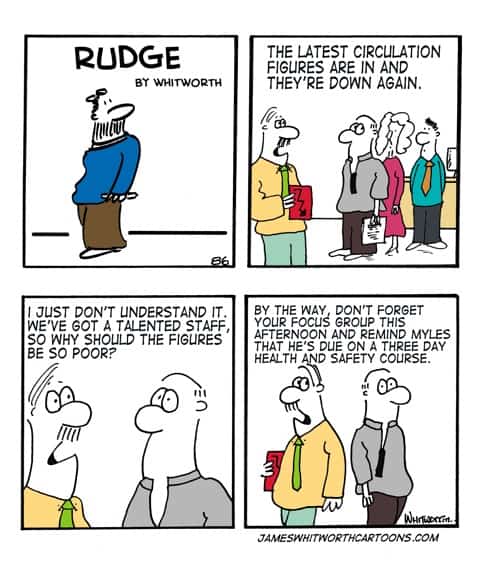
###

